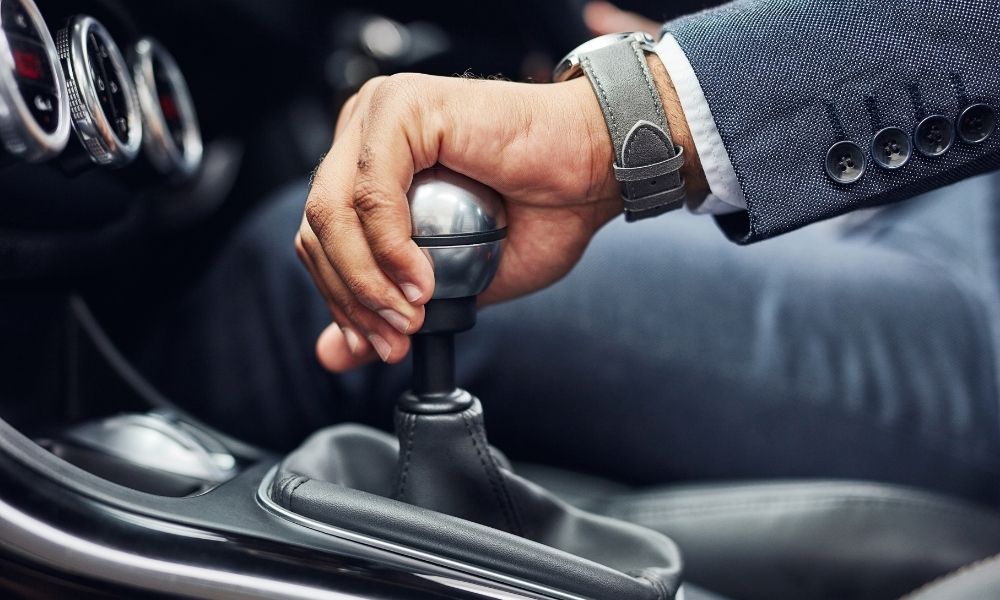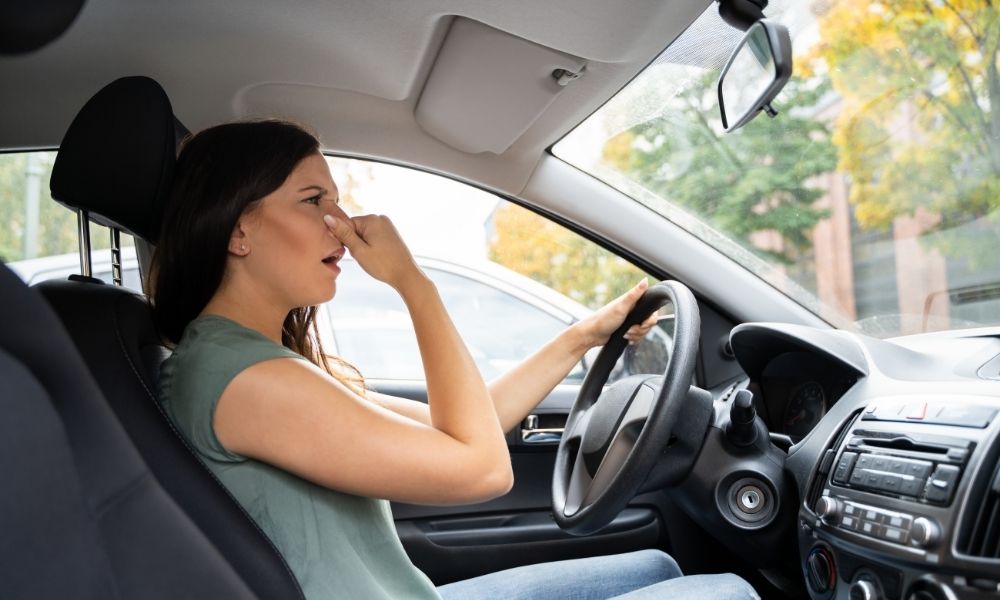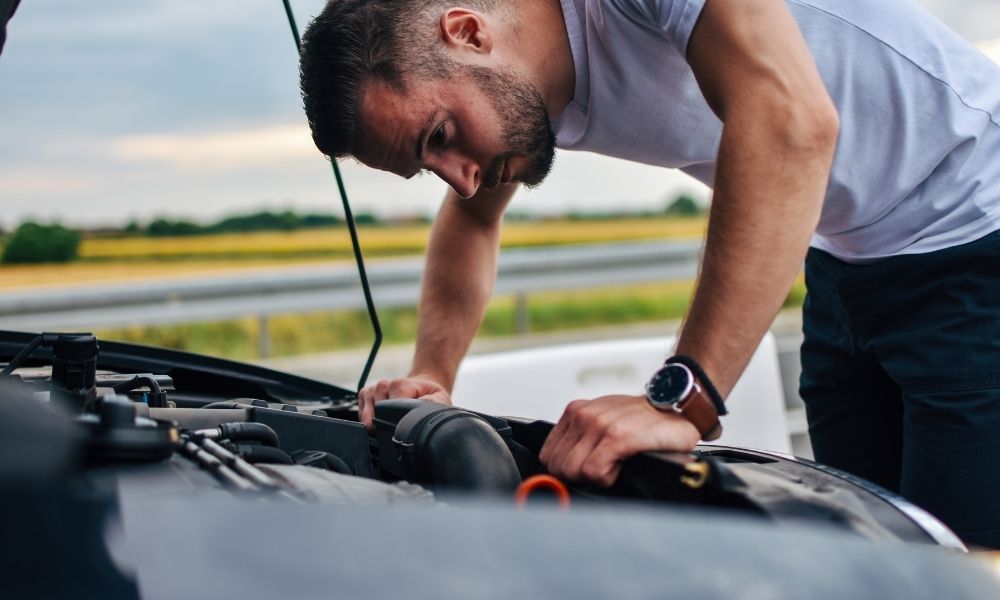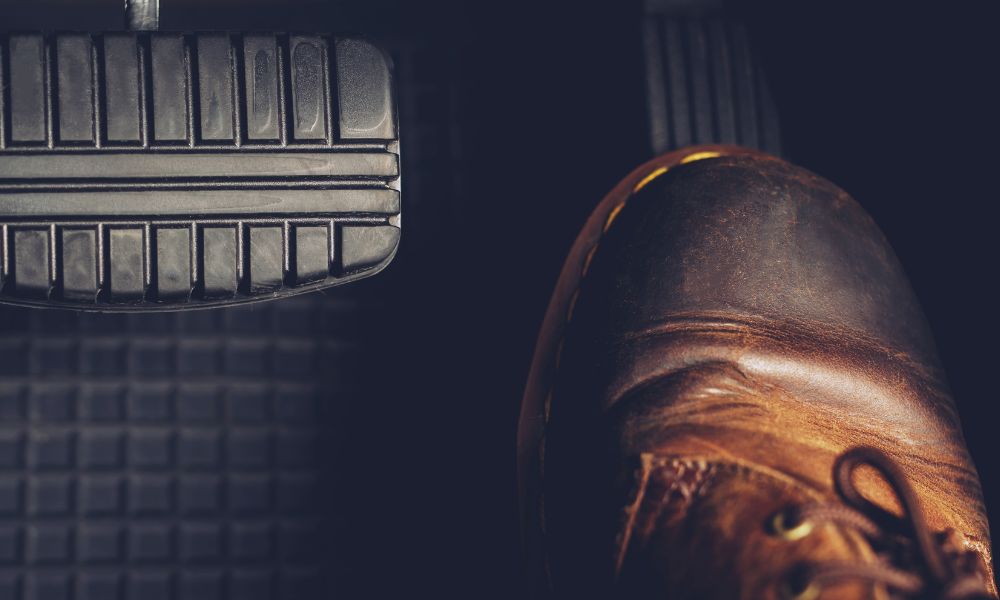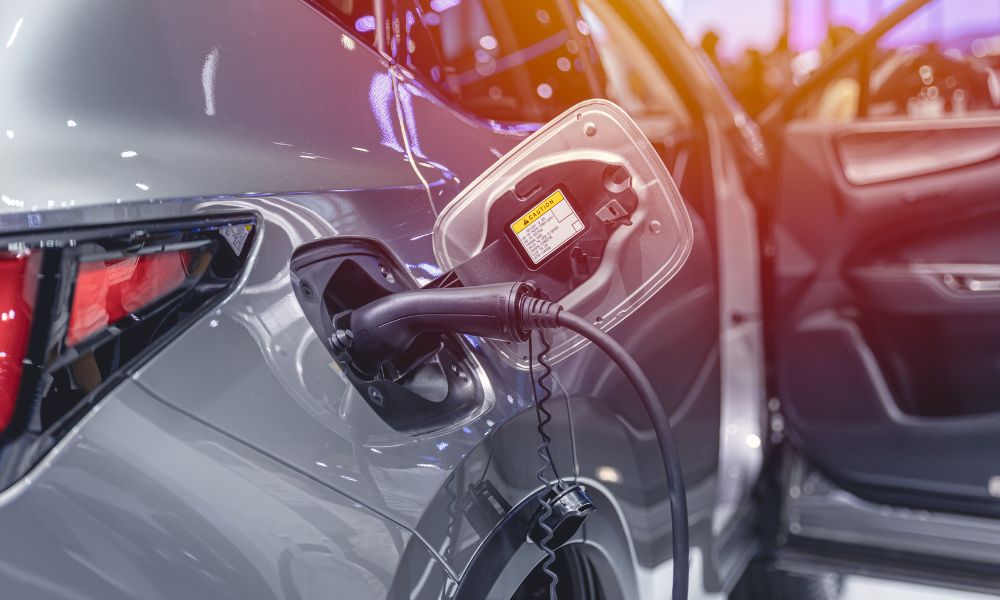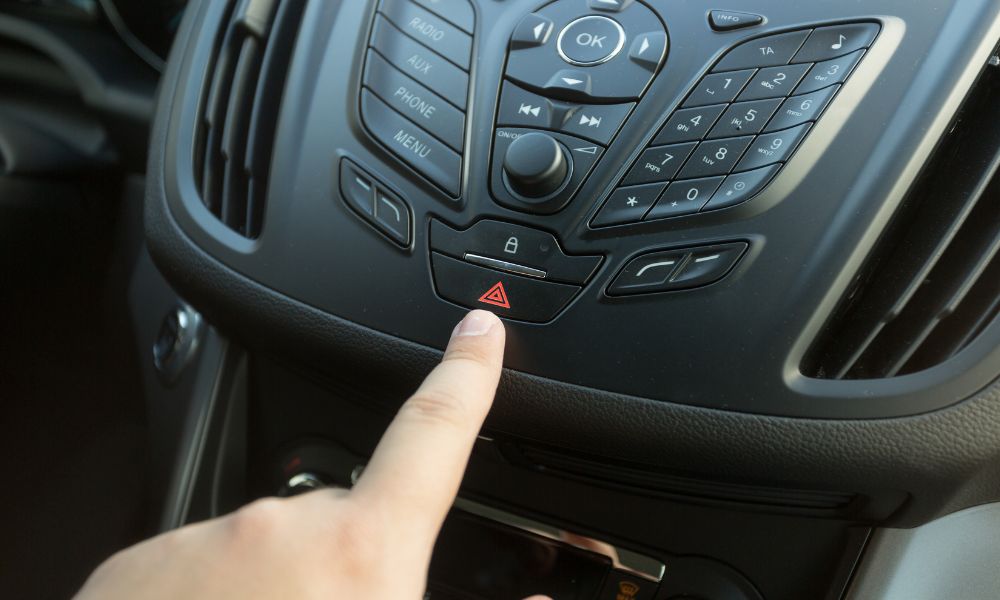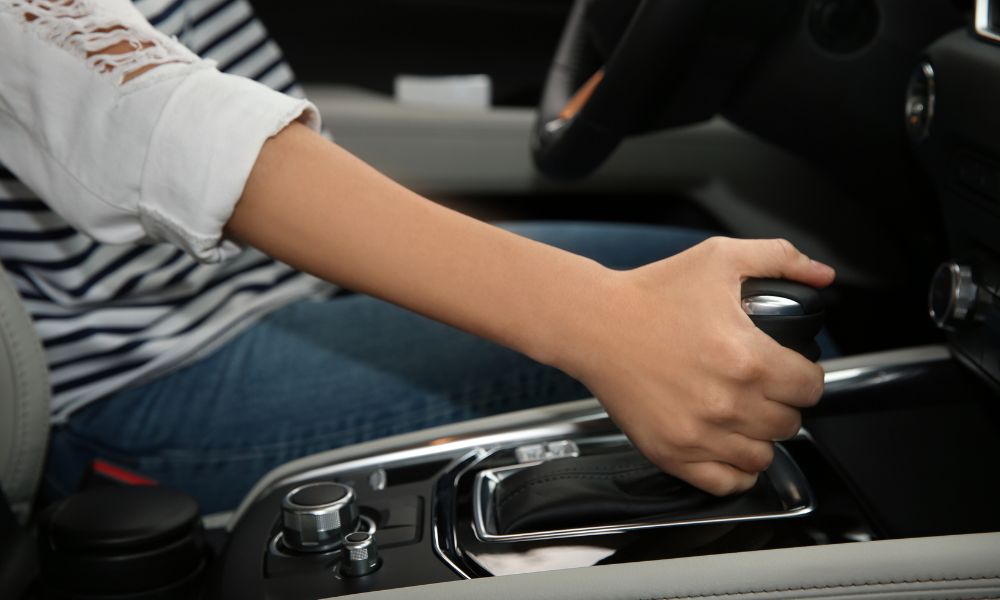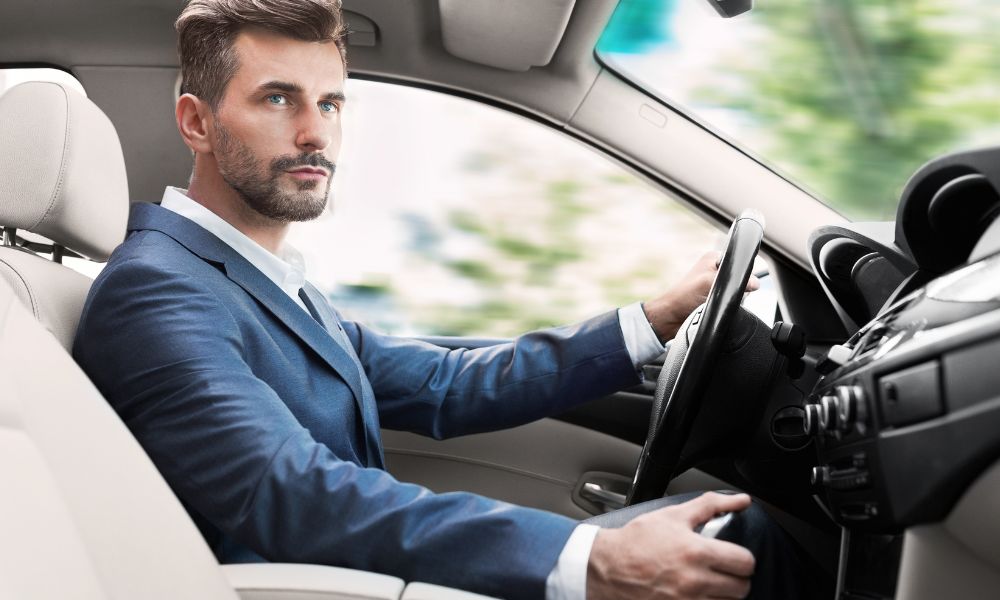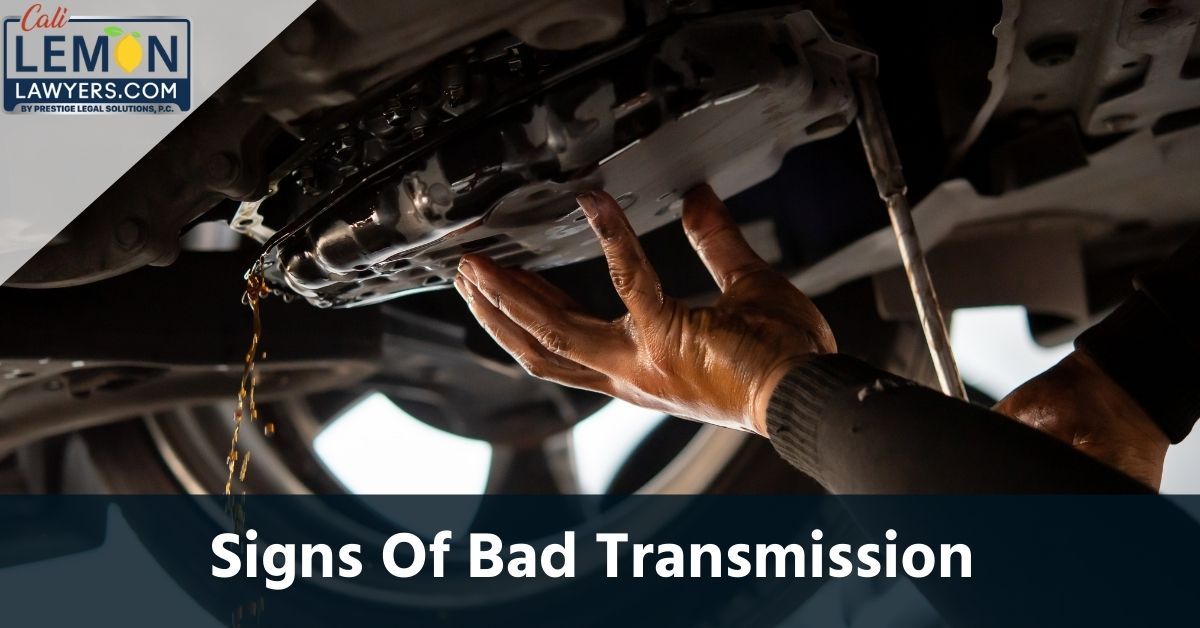
17 Signs of A Bad Transmission
Troubling sounds from your car? Is your car showing bad transmission symptoms like vibration during a ride?
These are key indicators of a potentially defective transmission. If your vehicle is leaking transmission fluid or has difficulty changing gears, this could also mean you’re dealing with transmission problems. Ignoring these red flags can result in costly repairs or a complete transmission failure. Spotting early signs of a bad transmission is critical. So, how do you recognize these signs? How can you prevent your vehicle’s transmission from failing?
To help you identify the warning signs of a bad transmission, we’ve compiled a list of the 17 most common symptoms and what you can do to avoid them. From slipping gears to transmission fluid leaks, we’ll cover everything you need to know to keep your car running smoothly.
If you’ve purchased or leased a defective car with signs of a bad transmission, we can help you receive compensation at no cost to you. Contact Cali Lemon Lawyers today! ¿Hablas Español? Contáctenos ahora para recibir más información.
1. The “Check Engine” Light Is On
Your vehicle has a number of sensors that can detect issues with the transmission. The check engine light is intended to alert you to a number of potential problems with your car. While it may turn on for various reasons, it is essential to NOT ignore it.
If the system identifies any transmission issues, it will turn on the check engine, and disregarding this alert could be costly!
Technicians can quickly detect the problem by analyzing the fault code using innovative diagnostic tools and sensor reading analytics. If you take your car in promptly, the chances of repairing the fault without replacing the transmission are higher.
Solution
When faced with a lit ‘check engine’ indicator, the recommended course of action is to seek professional assistance promptly. Technicians are equipped with advanced diagnostic tools that can interpret the specific fault code triggered within the vehicle’s system. This fault code is a result of analytical readings from the car’s sensors, each calibrated to monitor different operational aspects.
2. Problems With Response
Another way that you can tell that there is a problem with your vehicle’s transmission is when you notice unusual hesitations or an absolute refusal to shift gears. In these cases, the problem could be mechanical, electrical, or hydraulic in nature.
When switching from drive to park in a vehicle with an automatic transmission, there could be a delay before the gears engage.
Receiving limited response in manual transmission vehicles appears as a mismatch between the vehicle’s speed and the engine’s revolutions per minute (RPM).
In this situation, the acceleration will be far lower than it should be, which is referred to as “transmission slipping”.
Solution
Upon noticing any symptoms of transmission issues, promptly schedule an appointment with a professional.
They’ll plug into your car’s computer system, extracting fault codes that offer insights into the heart of the problem. Whether it’s a glitch in the electrical signals, a hiccup in the hydraulic circuits, or a mechanical misfit, these codes are the Rosetta Stone in translating your car’s cries for help.
Post-repair, remember to pencil in regular check-ups for your vehicle. Just as we need routine health screenings, so does your car, especially after it has undergone transmission trauma.
3. Leaking Transmission Fluid
Transmission fluid works to keep your vehicle’s transmission cool and lubricated. It also serves as a hydraulic fluid to engage gears. There could be several causes for leaking fluid, including a damaged transmission pan gasket, which can be easily replaced.
This fluid aids in the effective operation of your transmission, and you face the risk of your transmission overheating if there is a fluid leak, which might cause transmission failure.
Fortunately, detecting and diagnosing a transmission fluid leak is quite easy. Thanks to the vibrant crimson color and the pleasant smell of automatic transmission fluid, a leak can be identified easily. If you notice suspicious fluids under your vehicle, simply check the transmission dipstick to determine whether the transmission fluid level has dropped.
Solution
While the do-it-yourself approach is commendable in many situations, pinpointing the exact cause of a transmission fluid leak might require a level of expertise and equipment that only a professional mechanic possesses. Whether it’s a compromised pan gasket, a loose fluid line, or something more sinister, a mechanic can diagnose the issue accurately.
After the diagnosis, comes the decision — to repair or replace?
The complexity of this stage varies depending on the identified problem. For instance, a damaged pan gasket is typically an easy and affordable fix. However, more extensive damage might necessitate a comprehensive repair or even a component replacement. The silver lining here is that early detection often equates to simpler and more cost-effective solutions.
4. A Burning Smell
If you notice a burning smell coming from your vehicle, it could indicate transmission problems. The smell of something burning in a car is never a good thing. It is likely being caused by degraded protective chemicals or worn internal components.
There could also be a significant sludge accumulation within the gearbox. Driving your car in such conditions is very dangerous. We advise vehicle owners never to operate a motor vehicle that emits a burning smell until the issue has been resolved.
Solution
Never dismiss a burning smell.
Cease driving immediately and arrange for a professional evaluation of your vehicle. This isn’t a situation for guesswork; a certified mechanic should inspect the vehicle to diagnose the root cause of the smell. Whether it’s replacing worn components, cleaning out sludge, or addressing chemical degradation, the remedy should be prompt and thorough.
Post-resolution, it’s in every vehicle owner’s best interest to commit to regular maintenance schedules. Keeping your transmission well-lubricated and timely replacing the fluids can significantly reduce the risk of these issues recurring. Preventative care is less costly and far safer compared to confronting a full-blown transmission crisis.
5. Slipping Gears
If your gears are not shifting smoothly or you find that the car does not stay in gear as your drive, your transmission has likely failed.
Both manual and automatic transmissions can experience gear slippage. Gear shifts are controlled by external inputs in your car.
The driver controls the shifting of gears in manual transmissions by depressing the clutch pedal, and drivers can choose between park, reverse, neutral, and drive in automatic transmissions.
When your car stops abruptly, slips between gears, or keeps switching to neutral, it’s essential to take it to a competent transmission repair facility since it poses a significant safety risk to you and other motorists.
Solution
Recognizing these symptoms as the red flags they are is your first line of defense. The immediate next step? Getting your vehicle to a professional. But not just any garage or mechanic will do; you need a facility specializing in transmission repairs, equipped with the expertise and tools required to diagnose and rectify complex transmission issues.
Once there, expert technicians will assess your transmission’s health, likely utilizing advanced diagnostic tools to pinpoint the trouble. Whether it’s a simple fluid deficiency, a misalignment within the transmission’s intricate components, or a more severe mechanical failure, a specialized facility will be equipped to handle it.
6. Strange Sounds That are Signs of Transmission Trouble
Depending on the exact problem, there are a variety of sounds that you may hear coming from under the hood. Potential issues range from blocked transmission filters to broken transmission pumps. When a vehicle is working at its best, you should hear mild whining or humming noises.
However, if your vehicle begins to make weird noises, take it in as quickly as possible for an assessment and transmission service at a professional transmission repair shop.
Solution
If unusual noises accompany your driving experience, it’s essential to take your vehicle for a comprehensive assessment without delay. And this isn’t a job for just any mechanic; you need the expertise of a professional transmission repair shop, where specialists are equipped not just to identify the problem but to provide the nuanced care and repair that transmission systems require.
Experienced technicians will likely employ a combination of manual checks and advanced diagnostic technology to get to the root of the auditory alerts your vehicle is sending. Whether the solution is a straightforward filter change, a fluid top-up, or a more complex mechanical repair, addressing the issue swiftly can prevent more significant damage and more substantial repair bills down the line.
7. A Dragging Clutch in a Manual Transmission
Cars with manual transmissions are the only vehicles that experience a dragging clutch when there is a problem with the transmission. When the clutch drags, switching gears becomes challenging.
In such cases, when you depress the clutch pedal, the clutch disc and flywheel do not release, which results in a dragging clutch. A manual transmission may also move out of gear in some instances.
If the clutch pedal is too loose, the clutch disc will not release, and the engine will not be able to transfer any power to the drivetrain, resulting in a grinding sound.
Solution
Given the complexities of manual transmission systems and the pivotal role the clutch plays in the vehicle’s operation, it’s wise to seek professional intervention. A certified mechanic can diagnose whether the issue lies in the clutch pedal’s linkage, a maladjusted cable, hydraulic leaks, or even more complex internal components.
Addressing a dragging clutch promptly isn’t just about preserving your vehicle’s integrity; it’s about ensuring a safe driving experience. A faulty clutch can compromise your control over the vehicle, especially in situations where precise gear changes are crucial.
8. Grinding, Jerking, or Shaking
Jerking, grinding of the gears, and shaking are common indicators of a bad transmission. Some manufacturers have even issued recalls for such issues.
In manual transmission vehicles, the grinding of gears is typical. However, when it comes to automatic vehicles, a failed gearbox usually starts with a delay when changing gear. This is commonly referred to as transmission slipping.
Solution
Expert technicians can perform a comprehensive examination, often utilizing specialized diagnostic tools to accurately identify the source of the problem.
Whether the issue requires fluid replacement, a simple adjustment, repairs, or a complete transmission overhaul, early detection is key to potentially simpler and less expensive solutions. Ignoring such signs, on the other hand, could lead to more severe damage, significantly higher repair costs, and, most importantly, a risky driving situation.
9. Your Vehicle Won’t Go into Gear
If you’re stuck in a stalled car with the engine running and cannot move, it could be showing signs of transmission problems. It could also be that your transmission remains in first gear.
Several factors could cause your car’s inability to shift into gear. The incorrect type of transmission fluid, improper positioning of the shift cable, mechanical failure, blocked filters, defective clutch connections, failed solenoids, faulty sensors, or a dysfunctional computer system are just a few possible problems.
Solution
Whether it’s a simple fix like replacing a sensor, more involved like repairing a solenoid, or even requiring a comprehensive transmission overhaul, addressing the problem promptly can prevent further damage and more costly future repairs.
Remember, a car that’s immobile is more than an inconvenience; it’s a clear sign that something is significantly wrong. Understanding potential causes is important, but getting a professional assessment and solution is paramount to getting back on the road safely and confidently.
10. A Lack of Power
Should your car have limited or no power at all while the engine is running normally, it might be because of internal transmission issues.
Alternatively, it could be caused by dragging brakes caused by a malfunctioning brake caliper or hose or your car’s computer reducing power to safeguard the engine. To identify the issue, have the vehicle’s problem codes verified.
Solution
Modern vehicles are equipped with sophisticated computer systems that monitor all aspects of the engine’s health. If the system detects a problem that could potentially damage the engine, it might reduce the vehicle’s power significantly to protect the engine from further damage. This safety feature ensures you can still navigate to safety or a mechanic, albeit slowly.
Most cars come equipped with an onboard diagnostic system (OBD), which logs any issues or faults in the vehicle’s operating systems. By connecting an OBD reader to your vehicle, a mechanic can retrieve these fault or problem codes, offering immediate insight into any problems your car might be experiencing, whether they’re related to the transmission, brakes, engine, or any other component.
11. The Clutch Drags Very High or Very Low in Manual Transmissions
An issue with the clutch’s connection or hydraulic system is usually the cause of a low-engagement clutch pedal. When there are no hydraulic leakages, a simple modification or bleed may be enough to fix the problem. On the other hand, a high-grabbing clutch pedal could be an adjustment, or it may be a deteriorated pressure plate or clutch disc.
Solution
So, how do we mechanics resolve this?
If there’s no Grand Canyon of a leak in the hydraulic system, the solution might be as simple as a “bleed.” This process involves purging the system of any air bubbles that have dared to intrude, compromising the hydraulic pressure necessary for smooth clutch engagement. Sometimes, it’s a matter of adjusting the linkage or cable — ensuring that the connection between your foot and the transmission is as seamless
12. Excess Noise When in Neutral
Excessive noise might sometimes be a sign of a problem. An engine inspection is required if your vehicle makes a loud, banging noise while in neutral gear. Typically, the remedy is pretty simple. It could be a lack of transmission fluid that can be easily replaced. It’s also possible that the incorrect type of transmission fluid was used.
Solution
Using the incorrect type of transmission fluid can cause as many issues as having too little.
The fix? Start with a thorough engine inspection. It’s like a wellness check-up but for your car. Your mechanic will play detective, investigating the transmission fluid level and quality. If the fluid is low, they’ll top it off with the type that’s just right for your vehicle’s make and model. If the wrong fluid was used previously, they’ll perform a complete transmission fluid exchange, flushing out the old and replacing it with the new, proper fluid.
13. Your Automatic Transmission Only Goes Backward
Does the vehicle not move when you try and shift into drive? Does it only allow you to move backward? The issue in such cases is typically because of a mechanical failure of the front clutch. However, it’s also possible that the clutch plates are simply worn.
Solution
Addressing a failed front clutch or worn clutch plates requires the skilled hands of a professional. Your mechanic will need to perform a thorough inspection to confirm the exact cause. If it’s a complete mechanical failure of the front clutch, brace yourself; repairing or replacing an entire clutch is a significant task that involves delving deep into your car’s transmission.
14. Limp or Emergency Mode
Many modern vehicles mitigate the risk of transmission failure by going into what is known as a limp or emergency mode. In limp mode, the vehicle’s computer system detects a problem and switches to a single gear (often the third gear) to prevent transmission failure. This means that you cannot drive your car in any other gear.
Solution
Even if a restart seems to fix the problem, your car went into limp mode for a reason. Have a professional diagnose the issue to prevent potential future breakdowns or expensive repairs.
15. Delayed Shifting
Suppose the transmission takes a long time to shift into gear. In that case, it could be due to a low transmission fluid level caused by a leak, contaminants caused by poor maintenance, or even water infiltration during off-road or flooding scenarios. Although it might not appear to be a major problem, it can cause overheating, as explained above.
Solution
Addressing the issue of delayed shifting in your vehicle requires a multi-faceted approach, primarily starting with a check of the transmission fluid levels. If the fluid is low, there’s likely a leak somewhere, necessitating a thorough inspection by a professional to identify and rectify the source of the leak. In cases where the fluid is contaminated, which is evident if the fluid has turned from bright red to a brown or black color, or if there’s been a case of water infiltration, a complete transmission fluid change is crucial.
16. Your Automatic Transmission Does Not Pull Properly
Damage to the torque converter may be the reason for a vehicle not taking on the gas or pulling the vehicle correctly. It’s also possible that the car’s clutch plates are worn and need to be replaced.
Solution
To resolve these issues, a comprehensive inspection by a qualified mechanic is essential. They will likely conduct a stall speed test to evaluate the torque converter’s performance, among other diagnostic procedures. If the torque converter is indeed compromised, it may require repair or complete replacement, a process that demands precision and technical expertise.
17. Transmission Hesitation
This warning indicator is an inconvenient delay before the next gear engages. If you see signs of transmission hesitating between gears, you’ll know that something is definitely wrong. Transmission hesitation, characterized by a noticeable delay in gear engagement, is not just an inconvenience but a clear signal that your vehicle’s transmission requires attention. This hesitation can stem from various issues, ranging from low transmission fluid levels to worn transmission bands, bad solenoids, or problems with the vehicle’s computer system.
Solution
It’s crucial not to ignore transmission hesitation, as this can lead to more severe transmission damage. Prompt diagnostic and timely repair or replacement of affected components are essential in restoring your vehicle’s proper functioning and safeguarding against more extensive, costly damages.
How to Prevent a Transmission Failure
If you have transmission trouble, you can take certain measures to avoid a costly transmission replacement. Even though the damage is usually permanent once it occurs, there are some precautions that you can take before your transmission fails.
By paying attention to your vehicle, you can identify potential problems with the transmission quickly and easily. Here are a few tips to help you prevent damage to your car’s transmission:
- Check for transmission fluid leaks regularly
- Ensure that your vehicle is serviced regularly
- Don’t ignore the check engine light
- Listen for strange noises
- Take your vehicle to a repair shop if you notice any strange smells
Even though the problem may seem insignificant, you should never drive a vehicle that has a transmission problem. If gear shifts don’t go as planned, the consequences could be devastating. We always advise vehicle owners to contact a professional repair shop as soon as possible.
Need a Lemon Law Attorney? We Can Help!
Having a vehicle that is experiencing transmission problems can often be a manufacturing defect.
If the car is under warranty and the manufacturer is unable to repair a problem, they may be required to buyback or replace your car under the Lemon Law
Get in touch with Cali Lemon Law today to find out if you have a lemon!


